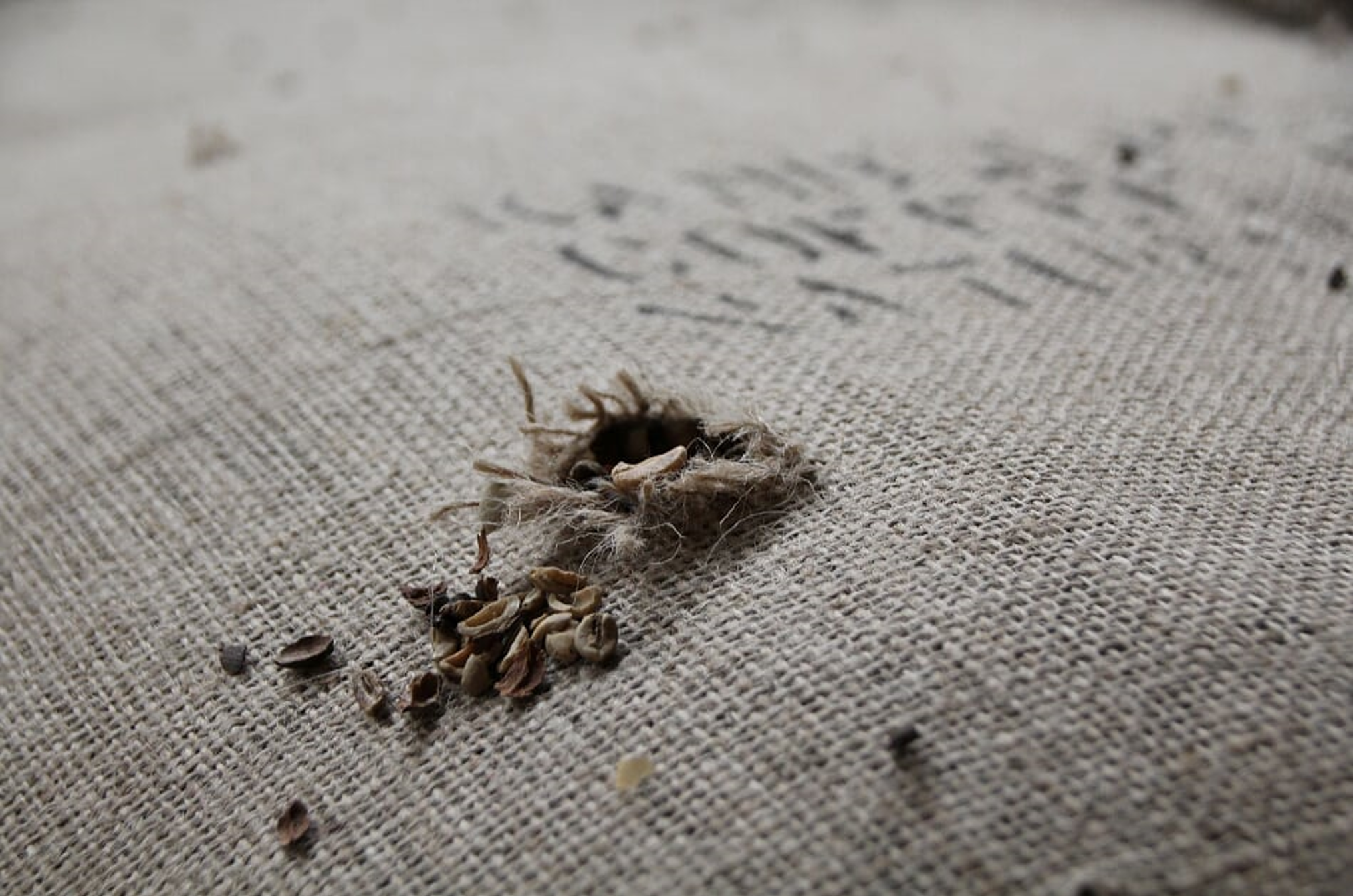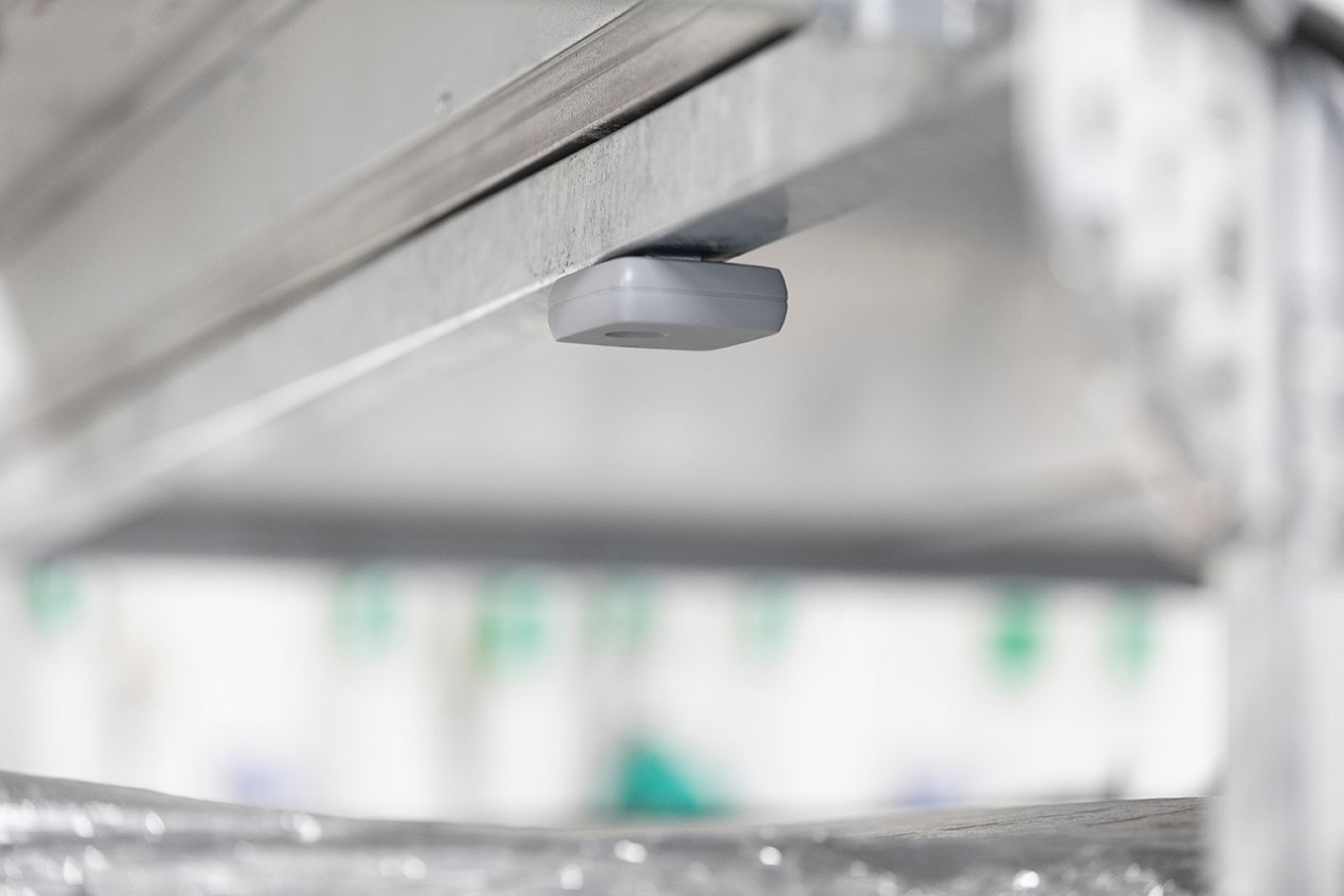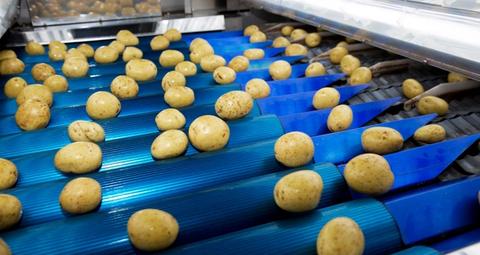11 Essential Steps to Prevent the Presence of Pests in Your Food Facility
1. Seal Entry Points
To prevent pests from entering your facility, seal all potential entry points, such as cracks, crevices, gaps around doors and windows, vents, and utility lines. Use materials like caulk, wire mesh screens, and weather stripping.
Regularly inspect and maintain these seals, as they can deteriorate or become damaged over time, allowing pests to re-enter the facility.
If you're unsure about which areas are at risk, a pest control company can conduct a risk assessment and provide structural prevention and proofing services.
2. Hygiene
Maintaining a high standard of cleanliness throughout your facility is crucial. Regularly clean all surfaces, equipment, and storage areas to eliminate food debris that might attract pests.
Pay special attention to often-overlooked areas, such as behind equipment and under sinks. Floor drains can accumulate food debris and organic matter, so clean and disinfect them regularly to prevent odors and pest attraction.
Large equipment can be difficult to access and clean, but these areas can harbor food debris and provide hiding spots for pests. Periodically move equipment to ensure thorough cleaning.

3. Proper Storage
Store all food off the floor and away from walls. Use shelves made of materials, like metal or plastic, that pests cannot easily climb.
Ensure food is stored in tightly sealed containers to prevent pest access, and avoid using materials such as cardboard or flimsy plastic.
Follow a FIFO (first-in, first-out) inventory system to ensure older products are used or sold before newer ones. This practice helps prevent the buildup of expired or stale food, which can attract pests.
Thoroughly inspect all incoming food shipments for signs of pest activity before storing them in your facility.

4. Digital Monitoring Devices
It’s impossible to be everywhere at once, which is why monitoring devices are essential for detecting pest activity. Traditional traps and bait stations provide a way to check for pests, but more advanced systems offer greater efficiency.
Modern technology has introduced advanced monitoring solutions that reduce the need for poisons and leverage data analysis. These systems include sensors, cameras, electronic traps, and online reporting features.
Digitizing pest control enables a more proactive, preventative approach, shifting away from reactive methods. This makes it one of the most effective options for pest management.
5. Waste Management
Promptly remove and dispose of all litter, food spills, and leftovers to prevent attracting pests. Keep trash cans tightly sealed and empty them regularly. Consider using pest-resistant bins and place them away from the main facility to minimize risk.
Separate different waste streams—such as organic food waste, packaging materials, recyclables, and non-recyclables—at the source. Use clearly labeled bins or containers to ensure proper segregation.
6. Temperature Regulation
Stored product pests, such as flour moths and flour beetles, commonly found in food industry facilities, thrive in temperatures between 25-30°C (77-86°F).
In factories producing cooked products like biscuits or bread, the ambient temperature can remain within this range year-round, particularly in areas where cooking ovens generate heat.
To prevent insect activity, it is recommended to use air conditioning in production and storage areas, maintaining temperatures below 14-15°C (57-59°F) to inhibit the movement of pests.
7. Choice of Lighting
The type of lighting in a facility can influence its attractiveness to flying insects and other pests. Mercury vapor lamps and special fluorescent lamps with high color rendering are particularly appealing to pests.
To reduce pest attraction, opt for lighting in the 575-600 nm range, such as high-pressure sodium lights.
Studies show that mercury vapor lighting is 112 times more attractive to insects than sodium vapor lighting, significantly increasing the number of pests drawn to the building. Mercury vapor lights emit a stronger whitish-blue light, while sodium vapor lights have a more yellowish tone.
9. The Exterior
Maintain a clean and well-kept exterior for the facility. Trim vegetation around the building to eliminate potential hiding spots for pests and prevent them from gaining access to the structure.
Ensure that outdoor lighting electrical conduits are designed in a way that discourages roosting or nesting by nuisance birds.
Avoid using white or light yellow for building surfaces, as they reflect UV light, attracting insects. Darker shades, such as blue or green, are more suitable as they are less likely to attract pests.
11. Documentation and Record Keeping
Keep comprehensive records of pest control activities, inspections, and any corrective actions taken. These records are valuable for tracking trends, identifying areas for improvement, and providing necessary documentation for audits and inspections.
Modern pest control companies are utilizing advanced technologies, such as AI and big data analytics, to gain insights into when and where pest issues are likely to occur and how to prevent them.

